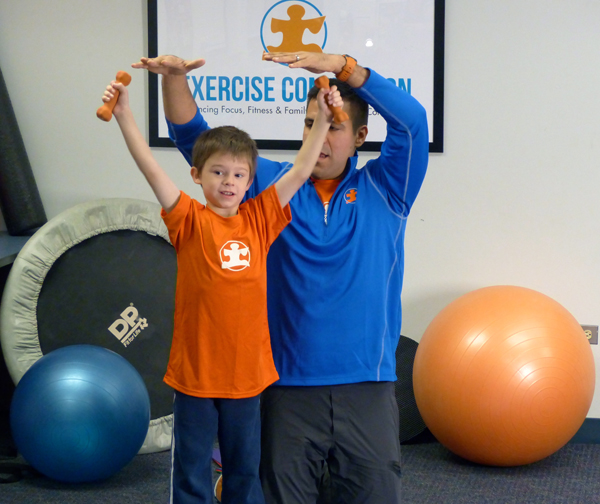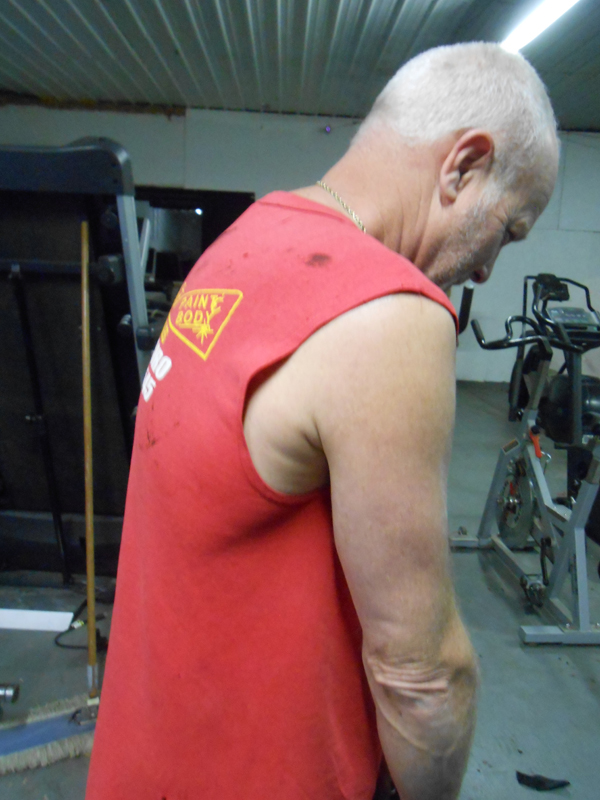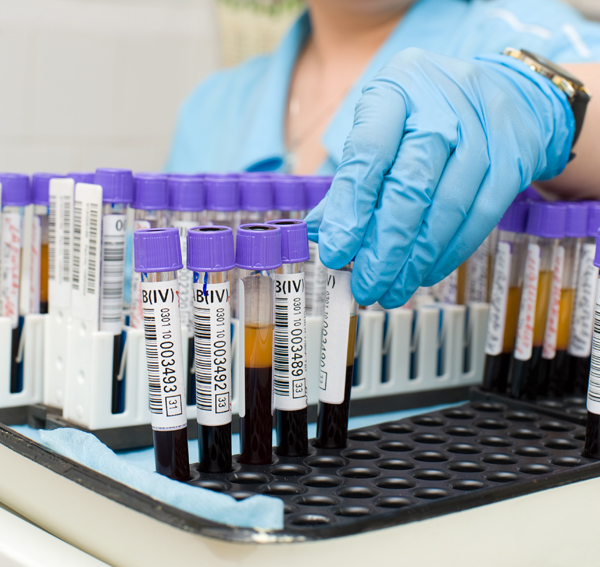You’re in the Fitness Industry and DON’T Use Social Media?
Currently on Instagram there are 182,094,824 posts with the hashtag “fitness” and 91,720,969 posts with the hashtag “gym.” According to the PewResearchCenter, of the 79% of online adults, 68% use Facebook. What’s more intriguing is that on a daily basis, 76% of adults use Facebook, 51% check Instagram daily and 42% check Twitter.

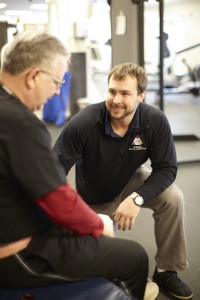
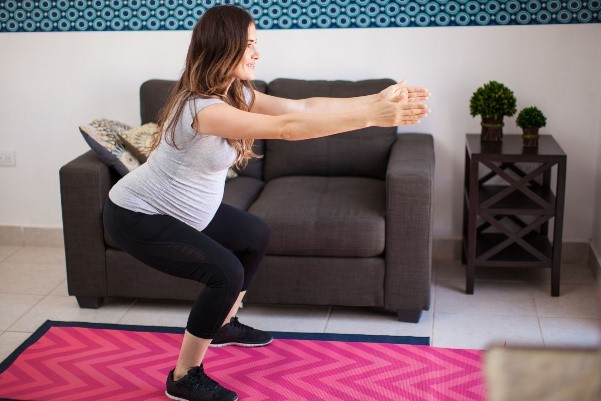
 You just found out you are pregnant! Congratulations!
You just found out you are pregnant! Congratulations!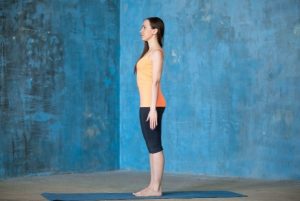 2. Mountain Pose: (pictured right) A body in alignment moves and functions more efficiently. Try taking a deep breath while you slump in a chair. Difficult, right? In pregnancy, many women surrender to gravity and its disproportionate effect on physical alignment. Practice Mountain Pose often throughout your day to familiarize your nervous system with this posture. Over time, your posture will improve.
2. Mountain Pose: (pictured right) A body in alignment moves and functions more efficiently. Try taking a deep breath while you slump in a chair. Difficult, right? In pregnancy, many women surrender to gravity and its disproportionate effect on physical alignment. Practice Mountain Pose often throughout your day to familiarize your nervous system with this posture. Over time, your posture will improve.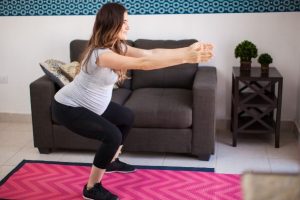 3. Squat: (pictured right) Could there be a more perfect exercise to do during pregnancy? Let’s count the benefits.
3. Squat: (pictured right) Could there be a more perfect exercise to do during pregnancy? Let’s count the benefits.

